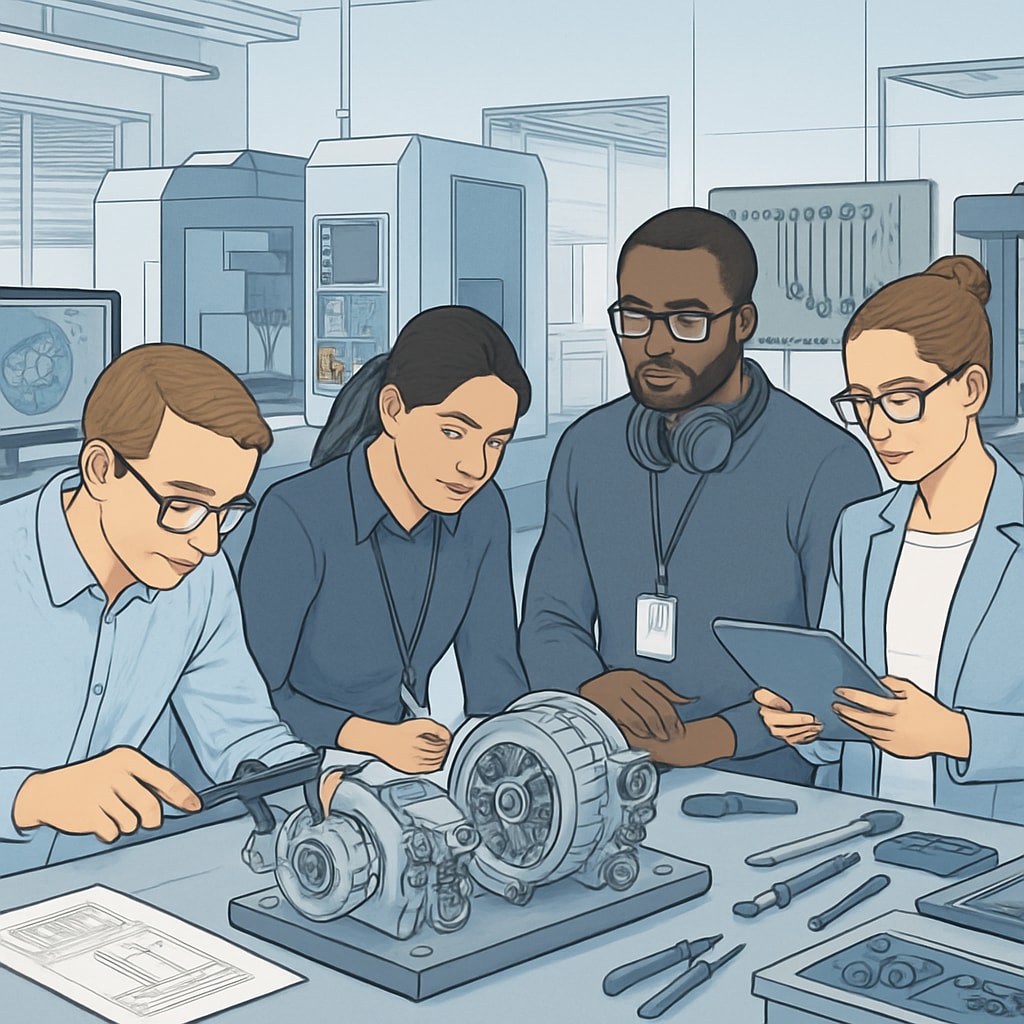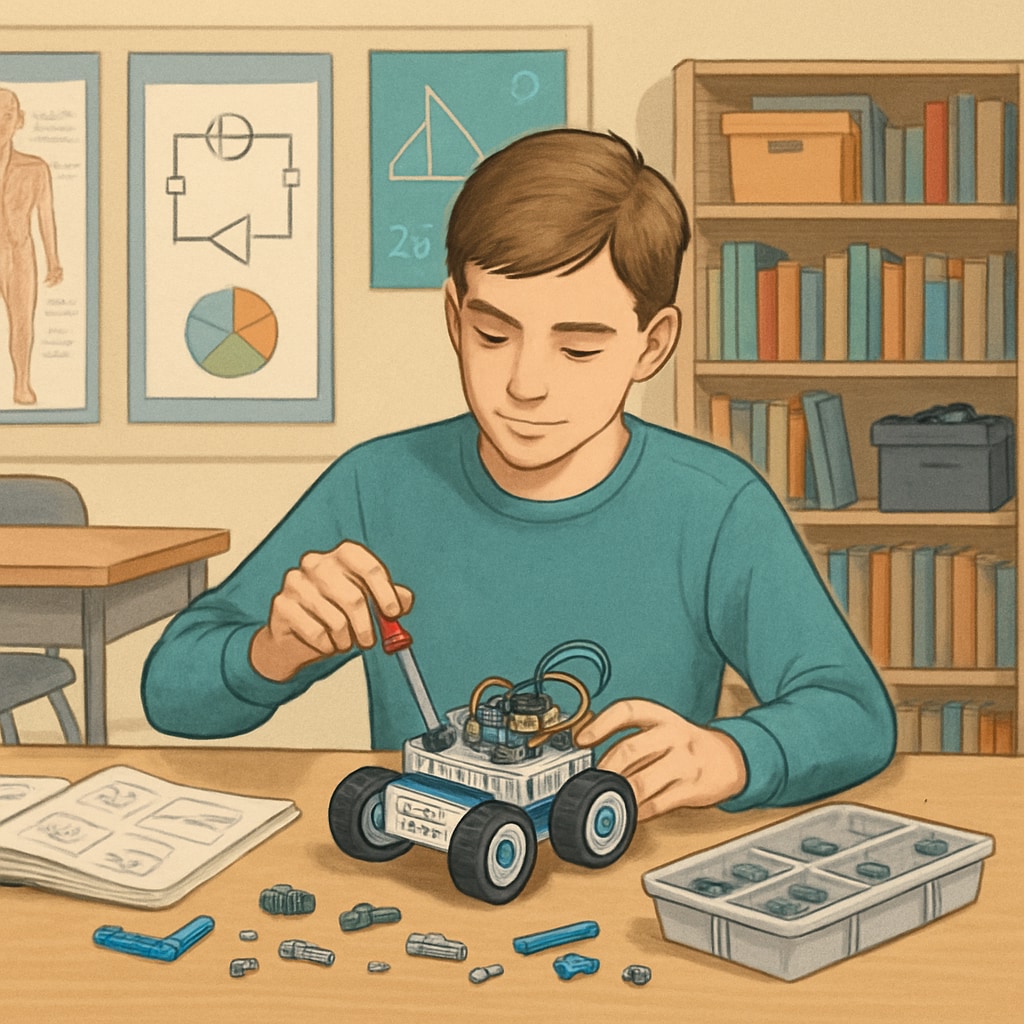Making informed decisions about degree choices, particularly in design engineering, can significantly influence a student’s career development. For K12 students, the earlier they understand the opportunities and challenges of pursuing a career in this field, the better equipped they will be to navigate their academic and professional journeys. This article provides insights into design engineering degree options, their long-term career implications, and practical advice for parents and educators on supporting students at this critical stage.
Why Design Engineering? Understanding the Field
Design engineering bridges creativity and technical expertise. It involves problem-solving, innovation, and the application of engineering principles to create solutions that improve lives. Fields like product design, automotive engineering, and sustainable energy systems often rely on design engineers to conceptualize and implement their ideas. As a result, pursuing this career requires both technical knowledge and an ability to think creatively.
According to the U.S. Bureau of Labor Statistics, employment in engineering fields, including design engineering, is projected to grow steadily in the coming years. This growth is driven by advancements in technology and the increasing demand for sustainable and innovative products. For K12 students, developing an early interest in STEM (science, technology, engineering, and mathematics) subjects can be a stepping stone to this dynamic field.

Degree Pathways in Design Engineering: Advantages and Challenges
Choosing the right degree pathway is a vital step toward a successful career in design engineering. Below are the most common options:
- Bachelor’s Degree in Design Engineering: This is the most direct path and typically takes four years to complete. It provides foundational knowledge in engineering principles, computer-aided design (CAD), and material sciences.
- Specialized Engineering Degrees: Degrees in mechanical, civil, or electrical engineering often offer design-focused electives or concentrations, broadening career opportunities.
- Dual Degrees: Some universities offer dual-degree programs combining design engineering with business or computer science, preparing students for leadership roles or interdisciplinary careers.
While these pathways offer unique advantages, they also come with challenges. For example, design engineering programs can be rigorous and require strong analytical and creative skills. Moreover, students may need to invest in additional certifications or internships to remain competitive in the job market.
Preparing K12 Students for Future Success
Parents and educators play a crucial role in preparing K12 students for a future in design engineering. Here are some actionable steps:
- Encourage participation in STEM activities, such as robotics clubs, coding workshops, and science fairs, to foster interest in engineering.
- Introduce design thinking concepts early on, which emphasize problem-solving, creativity, and user-centered solutions.
- Provide exposure to real-world engineering through field trips, mentorship programs, or partnerships with local businesses.
- Support the development of both technical and soft skills, including teamwork, communication, and critical thinking.
Additionally, guiding students toward Advanced Placement (AP) courses in physics, calculus, and computer science can help them meet the prerequisites for engineering degree programs.

Career Development in Design Engineering
Once students choose a degree path, the next phase is career development. Internships and co-op programs are invaluable for gaining hands-on experience and networking within the industry. Many design engineers also pursue certifications in software tools like AutoCAD or SolidWorks to enhance their resumes.
Long-term, career growth in design engineering often involves specialization or leadership roles. For example, experienced professionals may transition into project management, R&D (research and development), or entrepreneurial ventures. Continuous learning through online courses or advanced degrees ensures that engineers stay updated with industry trends.
For more insights, explore resources like the engineering overview on Britannica or the design engineering article on Wikipedia.
By making thoughtful academic choices and leveraging early career opportunities, students can build a rewarding future in this innovative and impactful field.


